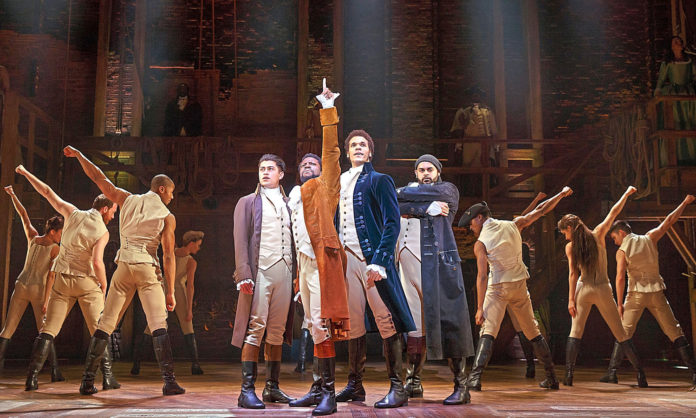When writing about real people in historical fiction, especially when an historical person is a main character, writers have to walk a fine line between fact and imagination. In an article for Writer’s Digest, Patti Callahan offers advice for walking that tightrope.
Readers of historical fiction want to know what is factual and what is the product of the author’s imagination. On the other side, writers using real-life figures in their stories do so for a reason. They want to use this person to comment on the times or interpret the individual’s life in a new light.
“For me, there is no hard and fast line when inspiration and imagination are part of a true story, but there are guidelines to assure I am honoring the truth of who these people were and not merely the legend and iconography of their lives,” Callahan writes. “When writing about real people, I see the novel as I see a person, for in the end I am writing about a human being, someone who once lived and breathed and walked this earth.”
Callahan starts with facts – what is factually known about the person. Next, she builds out the character’s emotional truth. “I begin with this question: What is the driving desire and need in this story that influences every choice this person made? What is it they want?” she writes. Here, she’ll turn to journals and letters to gain an idea of the person’s interior self.
Finally, Callahan turns to imagination. However, her creativity is informed by her research. “After thorough research, the inspiration will come less from who I want the character to be than who they have shown themselves to be in their life, writings, letters, and essays,” she explains. “Sometimes I stumble on choices and life events I don’t want to include in the story, but when writing about a real person, deciding what the character should have done instead of what they actually did is not my job.”












